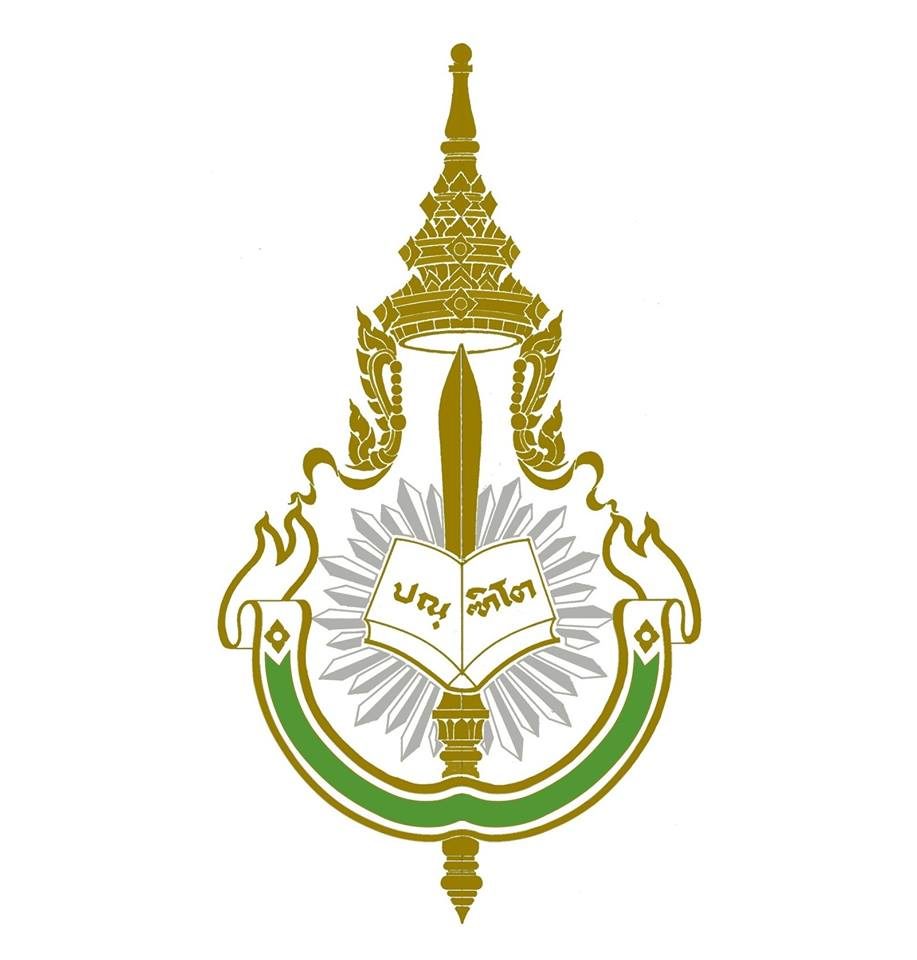Chirapat Prapandvidya
Associate Fellow of the Royal Institute, Academy of Arts
Abstract
From the literary evidence the contact between India and Southeast Asia must have begun a few centuries before the Christian era. Śaivism, as one of the major sects of Hinduism, must have existed in Thailand, especially in the northeastern and eastern parts, as early as the 6th century CE, as evidenced by the earliest inscriptions written in Sanskrit. It can be assumed that the Thai people, who appeared in Southeast Asia as early as the 11th century CE, before the Sukhodaya period, must have adopted Buddhism as well as Hinduism as their religions, similar to the Mons and Khmers who also occupied the area which is now present day Thailand. Based on the high frequency of inscriptions belonging to Śaivism found in northeastern Thailand it is quite certain that
Śaivism was very influential from 6th to the early 12th century. It began to decline during the time when the Buddhist King Jayavarman VII came into power between the later part of 12th century and the early 13th century. In spite of Singhalese Buddhism being adopted as the state religion by King Rama Khamhaeng, the third king of Sukhodaya, Brahmanism was also practiced along with Buddhism by the Thais, and this has remained the same in Thailand ever since.
Key words: Thailand Śaivism, inscriptions, old documents
